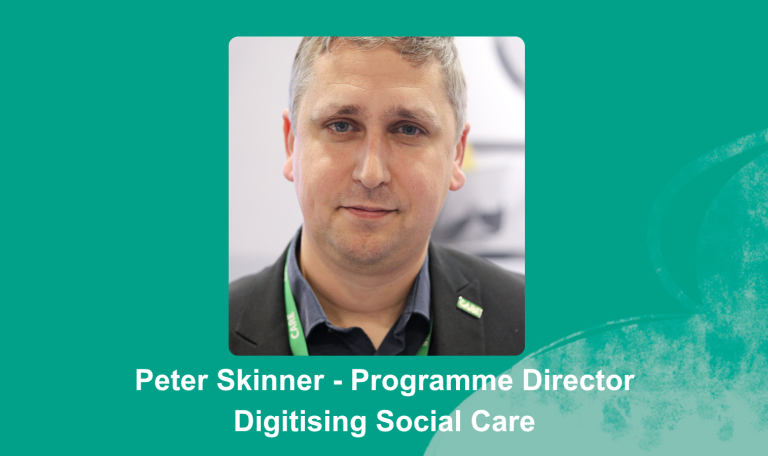Three Years of Digital Transformation: reflecting on our progress to date

Reflecting on what's been achieved and looking forward to the next phase of our work to support the digital transformation of the adult social care sector.
It has been three years since the Digitising Social Care Programme launched and as we move into the next phase of our work it feels like the right time to pause and reflect. When we started, our ambition was to begin to level the digital playing field between health and care. We were told time and again that care providers didn’t have the right skills, would refuse to use technology or, in some cases, would rather close than digitise.
The reality has been quite different. Care providers and the workforce have embraced technology and in some areas are now ahead of the NHS. Digital social care records are now widely used and the majority comply with key standards for data, cyber security and interoperability which mean that care providers can be confident that their systems are safe and secure and will, in future, be able to share relevant data with the NHS. There are pockets of good practice and innovation and we’re seeing some fantastic work redesigning care with technology embedded in it. The remarkable progress that has been made is a testament to how social care providers have responded to the opportunity to digitise.
But there’s a lot still to do. With the foundations in place, we now need to make sure that people are making full use of the systems they have and are aware of the opportunities to go further. There are limits to how much we can, or indeed should, do nationally. It would be impossible to design care around an individual’s needs from a national position. But what we can do is make sure we create the right environment for digitisation and do things once where it makes sense to do so.
In the next phase of our work, we will be doing that in three main ways:
- Working with systems, suppliers and care providers to identify, share and promote good practice and develop guidance on how it could be replicated elsewhere;
- Linking up data in social care with the NHS through an interoperability platform and ensuring providers know about, and have switched on, functionality in their care records that allow them to view data shared from the NHS;
- Maintaining our existing work to assure digital social care records and introducing new standards for care technology that make it easier for providers and people to identify care technology that meets their needs.
All of this work will help the sector to continue to innovate and will also lay some of the common ground for a standards based national care service. We won’t know what that looks like until the Casey Commission has concluded. But we can be confident that if we continue to focus on the things that help providers to deliver good quality care we are on the right track.